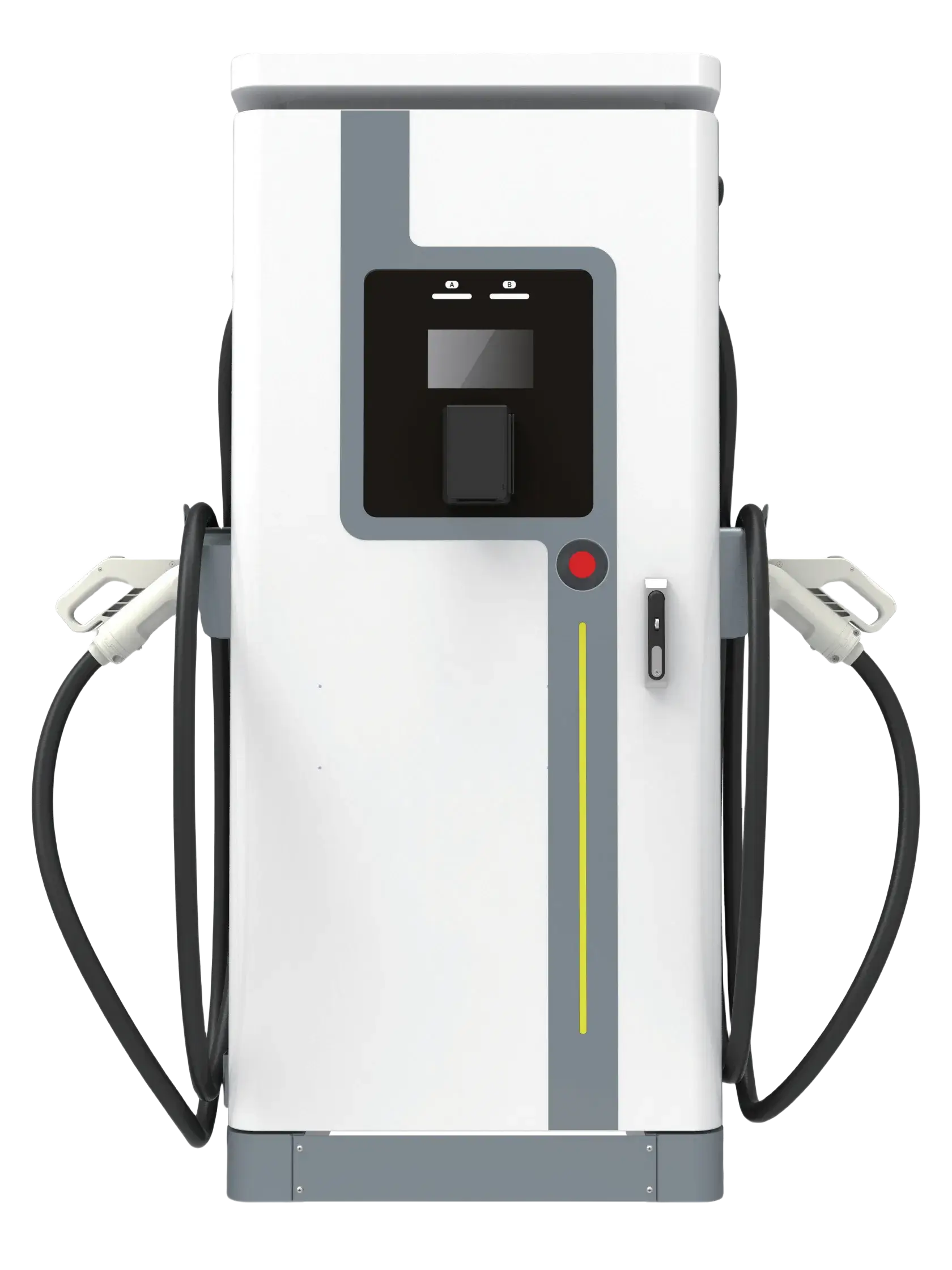The Headlines That Keep Buyers Awake
Three recent headlines are already reshaping procurement calendars from Bangkok to Dubai. In April 2025, Bangkok’s city government quietly added a new clause to the Bangkok Building Control Act: any commercial development that adds more than 200 parking bays must allocate at least 15 % of them to publicly accessible EV charging stations, with DC fast chargers given priority on the ground floor to ease traffic flow.
Four weeks later, Dubai’s Electricity & Water Authority doubled the subsidy ceiling for Level 2 installations—such as 7–22 kW EV charging stations solutions—serving light-commercial fleets, paying up to 40 % of capex for chargers certified before December 2025.
Meanwhile, Jakarta’s ride-hailing association revealed in a May 2025 press briefing that its pilot of 30 kW DC hubs had cut average driver idle time by 35 % compared with 7 kW posts, prompting the association to tender for 200 additional sites this year.
The Four-Variable Equation Every B2B Buyer Should Run
When procurement teams stop treating the choice as “AC versus DC” and start treating it as “which lever moves my IRR fastest,” the conversation becomes surprisingly short. In every RFP we have supported across Bangkok, Riyadh and Manila, four variables keep re-appearing on the whiteboard:
Installation economics
Level 2 units sip power; most existing 3-phase panels can absorb six to eight ports without costly transformer upgrades. DC fast chargers—sometimes called Level 3 in the trade press—demand fresh switchgear, liquid-cooled cables and, in older Middle East districts, chilled ventilation. In a Jakarta strip-mall basement we recently studied, the electrical civil work for a single 60 kW DC pedestal equalled the full hardware bill of four 11 kW wall boxes. For a distributor signing a five-year lease, that delta matters more than kilowatt badges.
ROI levers
Revenue is a function of utilisation and tariff spread. A 7 kW post running twelve hours a day at USD 0.25 per kWh gross margin can still beat a 120 kW dispenser sitting idle for twenty hours. Conversely, in a highway rest area where dwell time is twenty minutes, only DC fast charger options keep the queue—and the revenue meter—spinning. Our rule of thumb: if average parking duration is over 90 minutes, Level 2 wins on IRR; under 30 minutes, DC takes the crown.
End-user behaviour
Fleet vans return to depot at 10 p.m. and roll out at 6 a.m.—nine hours of plug time. A hotel guest checking in at midnight wants a full battery by 7 a.m. for the Phuket coastal loop. Same region, same voltage grid, opposite charging pattern. Map the dwell histogram before you map the cable routes.
Business-model fit
White-label operators who earn a fixed monthly fee from landlords prefer the lowest capex route—Level 2 stacks nicely here. Charge point operators who sells electrons by the minute gravitate to DC fast charger systems because higher throughput amortises the hardware faster. In other words, the same site can be profitable with either technology; the deciding factor is who owns the risk of demand volatility.
A side note on semantics: in Southeast Asia the phrase “EV portable charger” still pops up in tender documents, usually from stakeholders picturing emergency boosters. We treat it as a red flag that the specifier is still mapping use-cases. Once the four variables above are clarified, the request almost always pivots to fixed infrastructure.
Choosing the Right EV Charging Solution for Your Business Needs
Matching Chargers to Applications
For B2B buyers weighing Level 2 and DC EV charging station, the choice is clear: match the charger to the application. In urban logistics hubs, where fleets of delivery vans return to depot after a day’s work, Level 2 AC chargers offer a cost-effective solution. These chargers, with their slower but steady power delivery, are perfect for vehicles parked overnight, ensuring a full charge by morning without breaking the bank on installation costs.
Fast Charging for Short Dwell Times
In contrast, commercial and retail spaces with short parking durations demand a different approach. Here, DC fast chargers shine. For shoppers at a mall who need a quick top-up or for fleet vehicles on tight schedules, DC chargers deliver a significant portion of the battery life in a matter of minutes. This rapid charging capability keeps the parking lot or depot in constant motion, maximizing asset utilization and customer satisfaction.
Adapting to Your Business Model
For channel partners and property developers, this distinction is crucial. Level 2 EV charging stations fit seamlessly into existing electrical infrastructure, minimizing upfront investment and maintenance costs.
Meanwhile, DC EV charging stations, though requiring a larger initial outlay, promise higher turnover and greater revenue potential through faster charging cycles. Whether your focus is on fleet efficiency or commercial throughput, the right charger adapts to your business model, not the other way around.
Schlussfolgerung
Whether you choose Level 2 or DC EV charging station, let parking time—not kilowatts—drive the decision; Riyadh fleets and Manila towers show ROI hinges on matching low-capex AC for long dwell with DC for quick turns, and when rules change you can swap modules, not whole stations, so profit follows the business model, never the badge.



